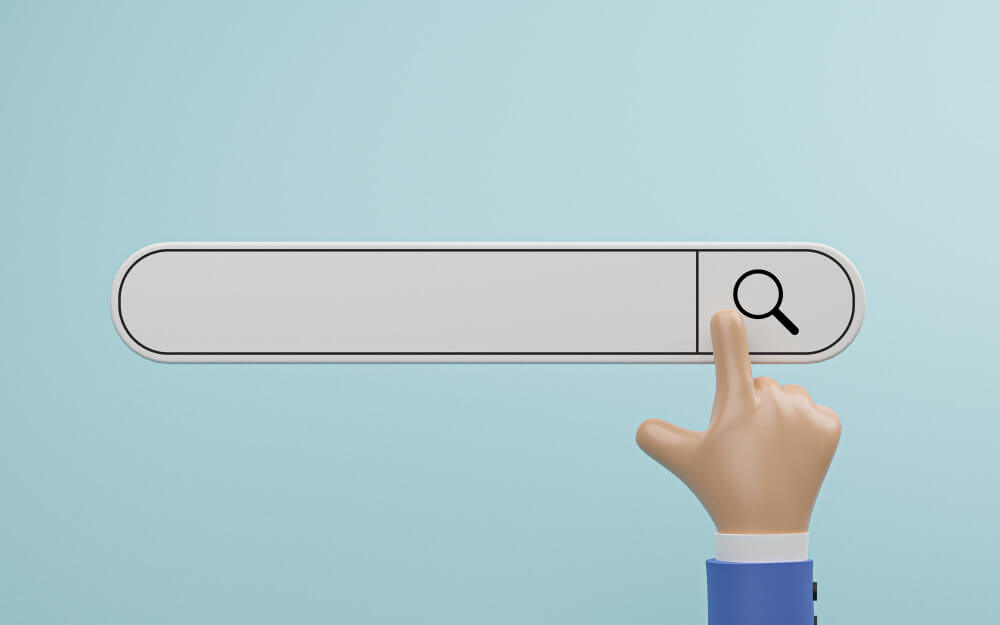URL (Uniform Resource Locator) is a basic component of web browsing in the form of an address of a resource on the internet. Each resource is allocated with unique URLs. A resource can be an HTML page, a CSS document, or an image. Website development often involves meticulous attention to URL structure, which consists of various elements such as protocol, domain name, and path.
A well-structured and concise URL improves readability and user experience and helps in SEO performance for ranking websites on search engine result pages. The whole URL structure is formed by combining various paths. Secure protocols like https must be used to safeguard the information while data exchange and online transactions are being made.
Absolute URLs vs. Relative URLs
Absolute URL shows the whole address of the document or image on the internet. It provides all the information to locate the document. The format includes scheme://server/path/resource
The relative URL is the partial address of the document. It may have only a specific folder name and file name of the document.
Types of URLs
- Canonical URLs: This type of URL is used to avoid duplicate content. By setting this URL, search engines could understand the original address to crawl and index.
- Callback URLs: These URLs are the home destination where users are redirected after completing the authentication with the identity provider.
- Vanity URLs: It is a custom URL that is easy for the users to remember a particular address. These types of URLs are popular in marketing. These URLs replace long URLs connecting to social media like LinkedIn, Twitter, Facebook, etc.
Purpose in web browsing
Let's check on a URL's other purposes in a web browser.
- Resource Identification:
The main purpose of a URL is to specify the resources in a web browser. The URLs direct to a webpage, document, or any images. Identifying the web address for the user and the web browser is crucial. It gives all the information for accessing the resources.
- Navigation and Linking:
URL is the main element in navigation and links. URLs provide users with a path to directly access the web pages. Users enter the resource by clicking the hyperlink directly or by entering the URL into the address bar.
- User-Friendly Interaction:
URLs help in better understanding the webpage and make it user-friendly with certain characteristics like
-Short URL
-Lowercase
-Use plain language in the URL
-Using static URLs helps in well-optimized
-Separate words with hyphens
It is easier for anyone to remember the domain names given in URLs and access the websites than the IP addresses used for the computers to connect.
- Organizing Content:
Content can be arranged and categorized in the server using a bringing efficient data management. Users can easily find the resources related to the queries. Data are arranged for the users and browsers to access specific resources.
- Link Sharing:
It's hard to share various files with big sizes through mail. Sharing links of content files through email, social media, etc with a simple URL address can be easy for the users. Link sharing is beneficial for businesses to send several files to their clients.
Why do URLs matter for SEO?
When it comes to SEO, URL is a highly important factor in search engine ranking and improving user experience. It impacts SEO ranking with its structure and keywords added relating to the query. A clear URL relevant to the search query improves the visibility and CTR of a website. A URL’s length, path, string, and keywords are considered as Google factors for ranking. Every web page has a URL. It becomes easier for the crawlers to crawl through the pages with good URLs. It would be better if the keywords used in the URL specify what the whole webpage is about without entering.



